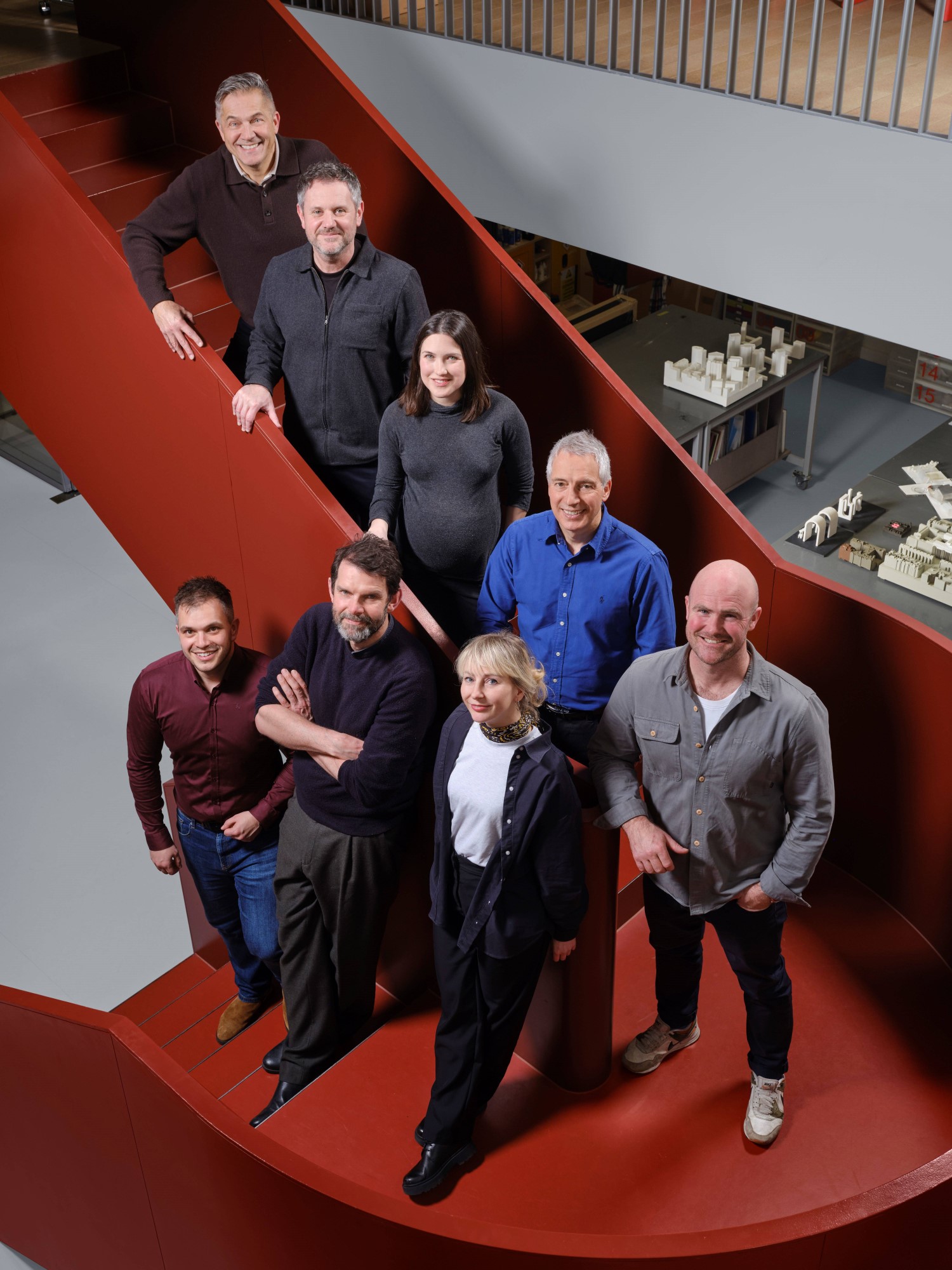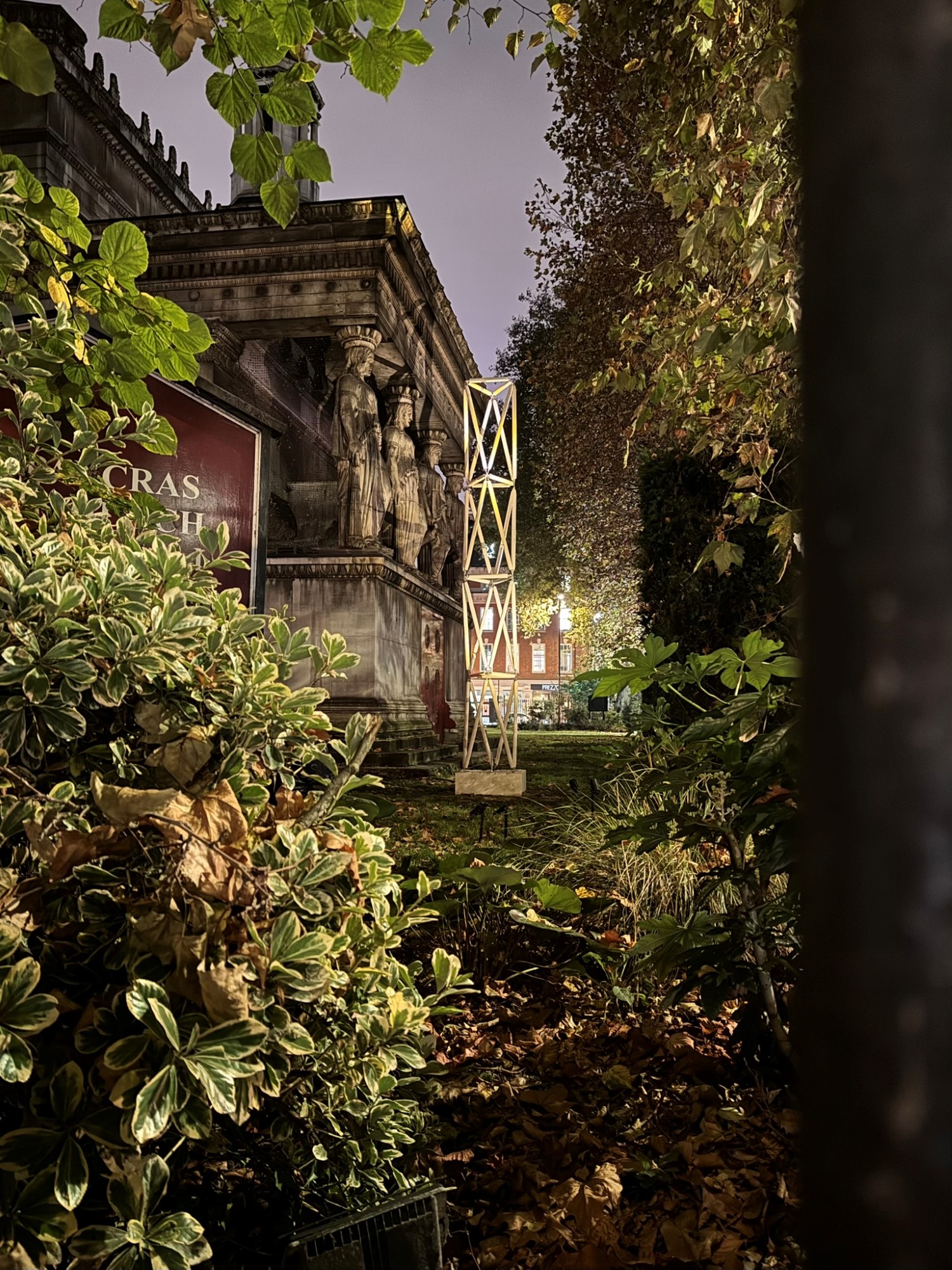What Did We Learn?
With all the plots situated around the Thames, there was a common acknowledgment that there is room for improvement at our waterfront. There was a widely shared opinion that truly sustainable designs should always bring value to those who live in and around them.
Interestingly, several of the designs incorporated existing structures — not at all a requirement for the experiment, which essentially (and only hypothetically!) bulldozed the City of London — a great reflection of how the retrofit-first mindset has become embedded across the industry.
Circularity was also a feature of several of the ideas. Why aren’t we more widely using temporary structures to store reclaimed materials until they find a home? Perhaps Marble Arch Mound would have been less controversial if the materials were always destined for another home. This approach has already been successful for the City of London Corporation when UCL and CSK Architects reclaimed stone from the Victoria Embankment. We should push it further.
There was a consensus that developers and designers alike need to be bold if we are going to resolve the issues of today. All in all, no matter how extreme, each of the designs brought feasible ideas that could and should be realistically implemented in the City and beyond to transition us into a sustainable future.














